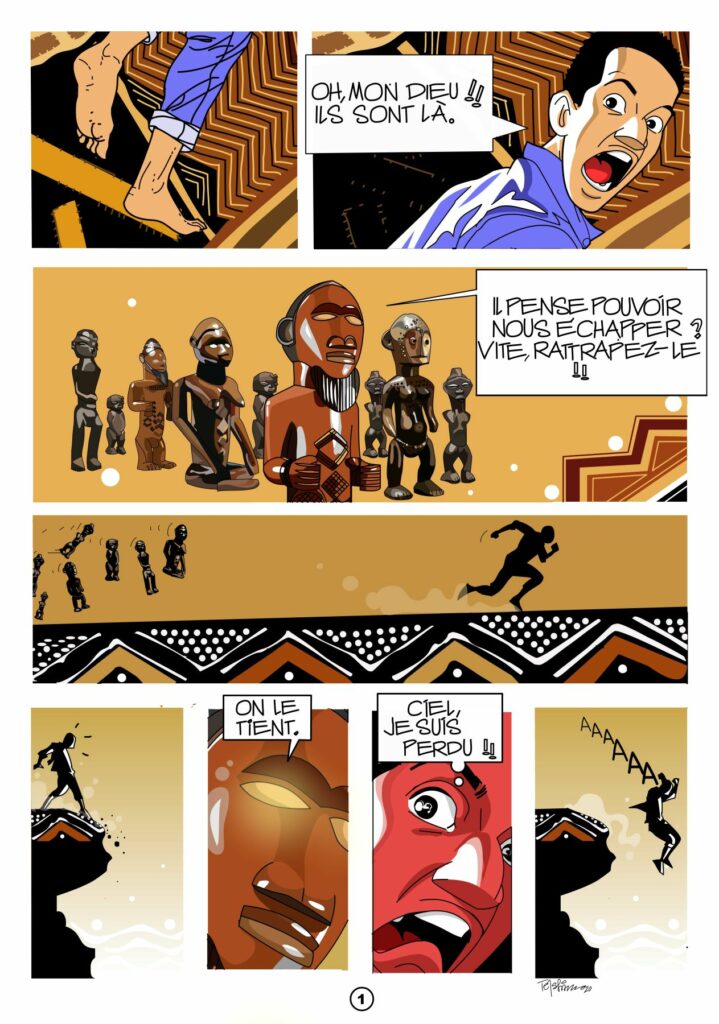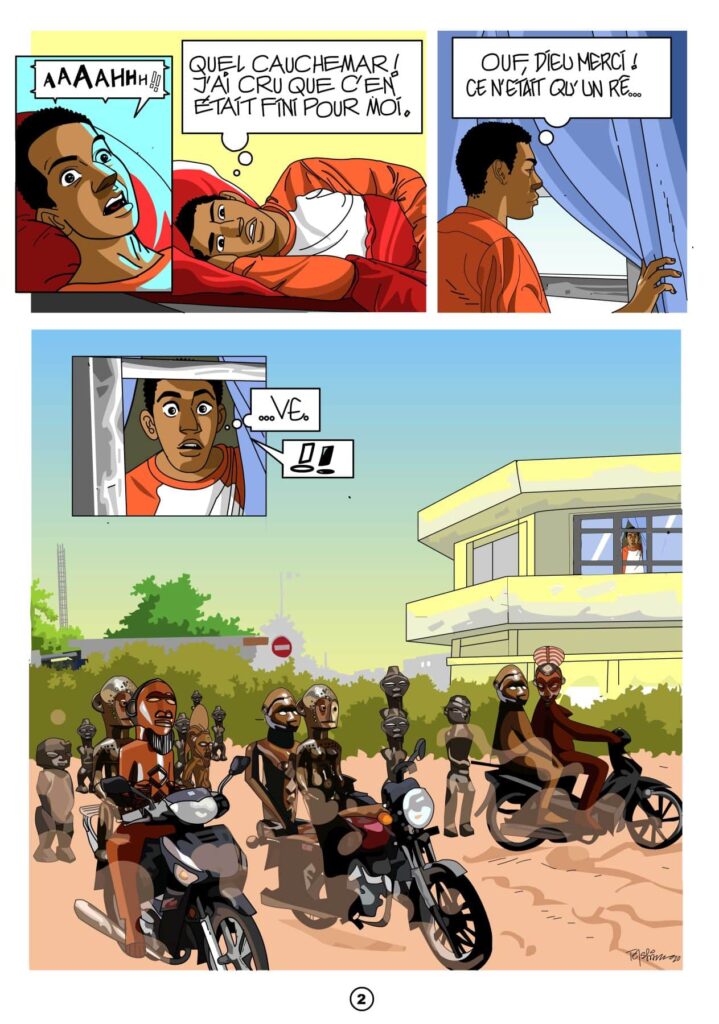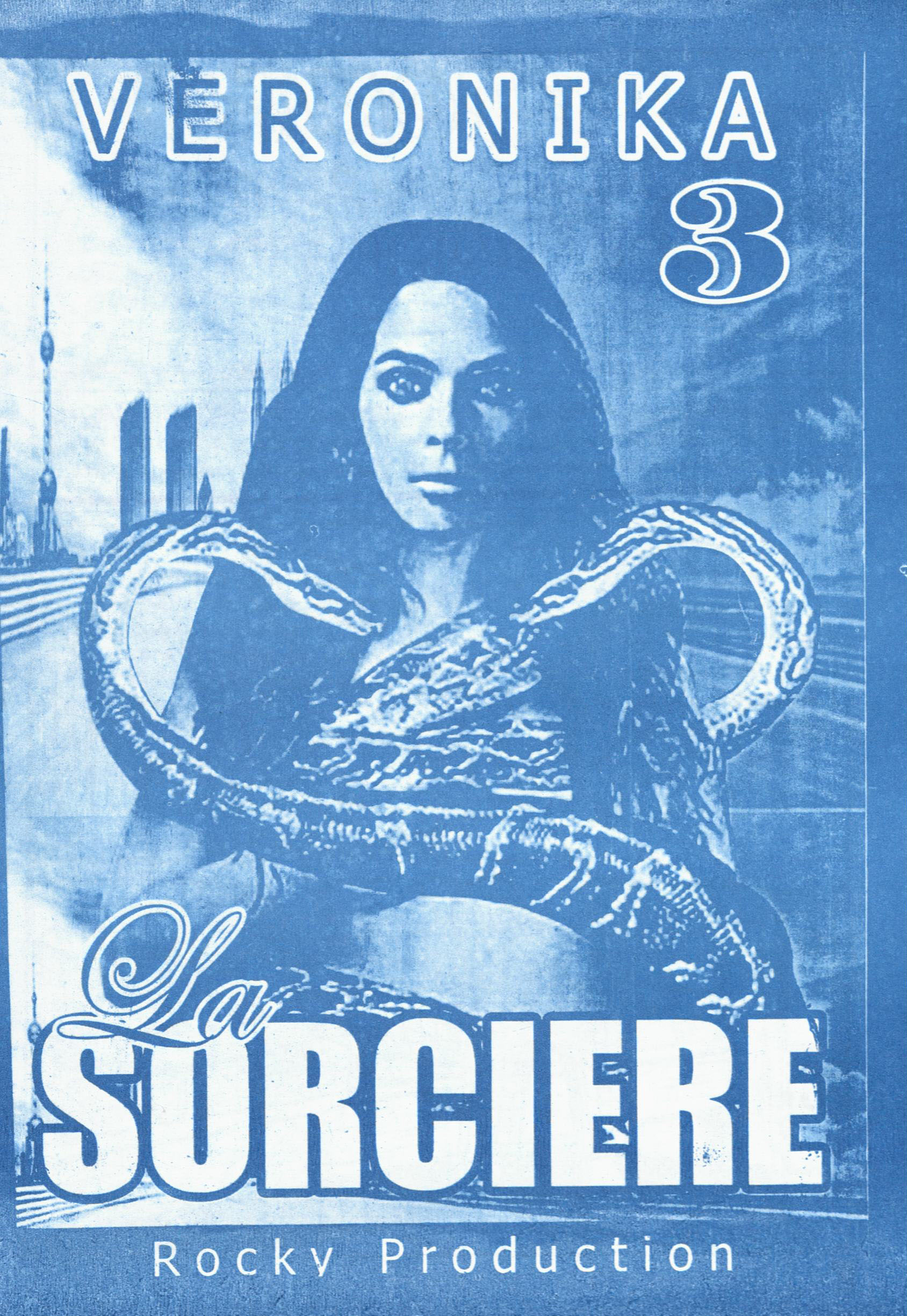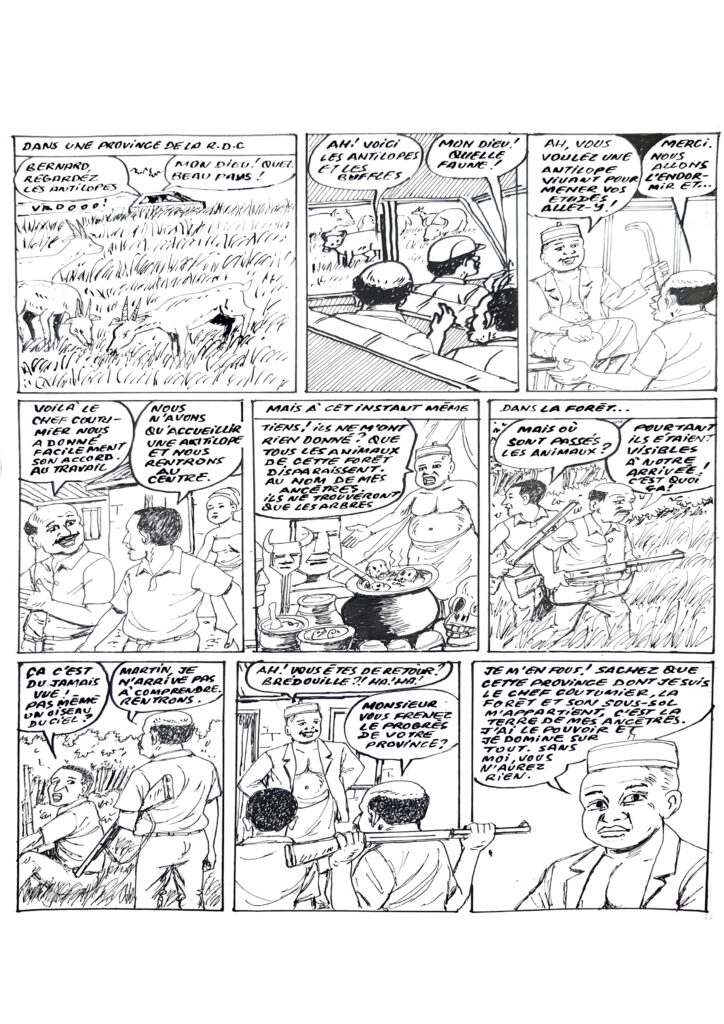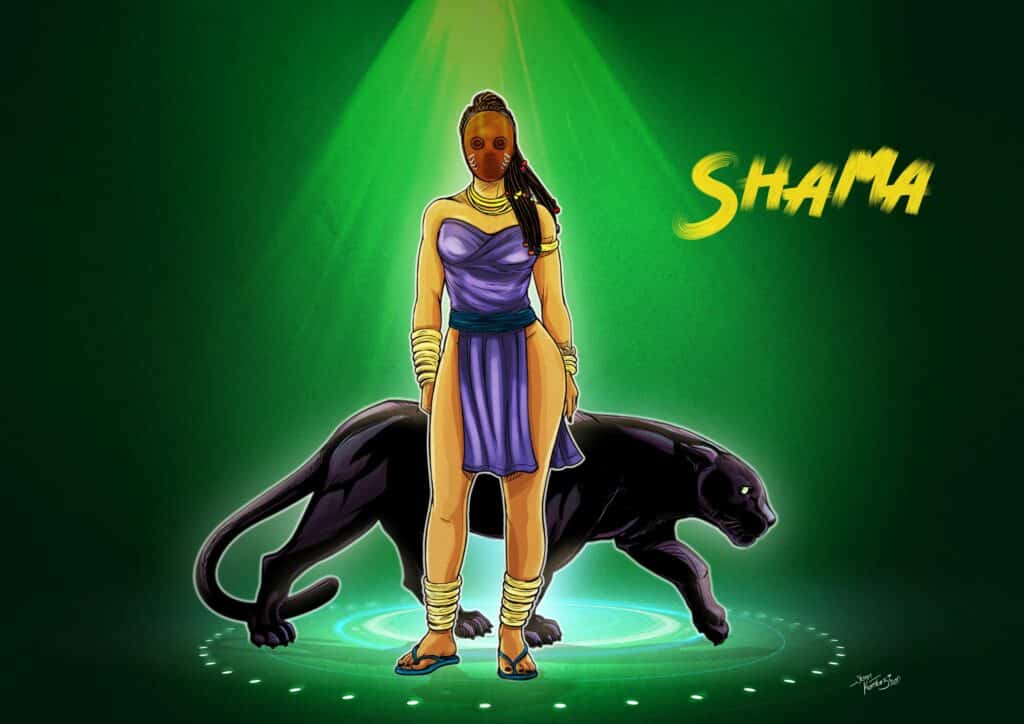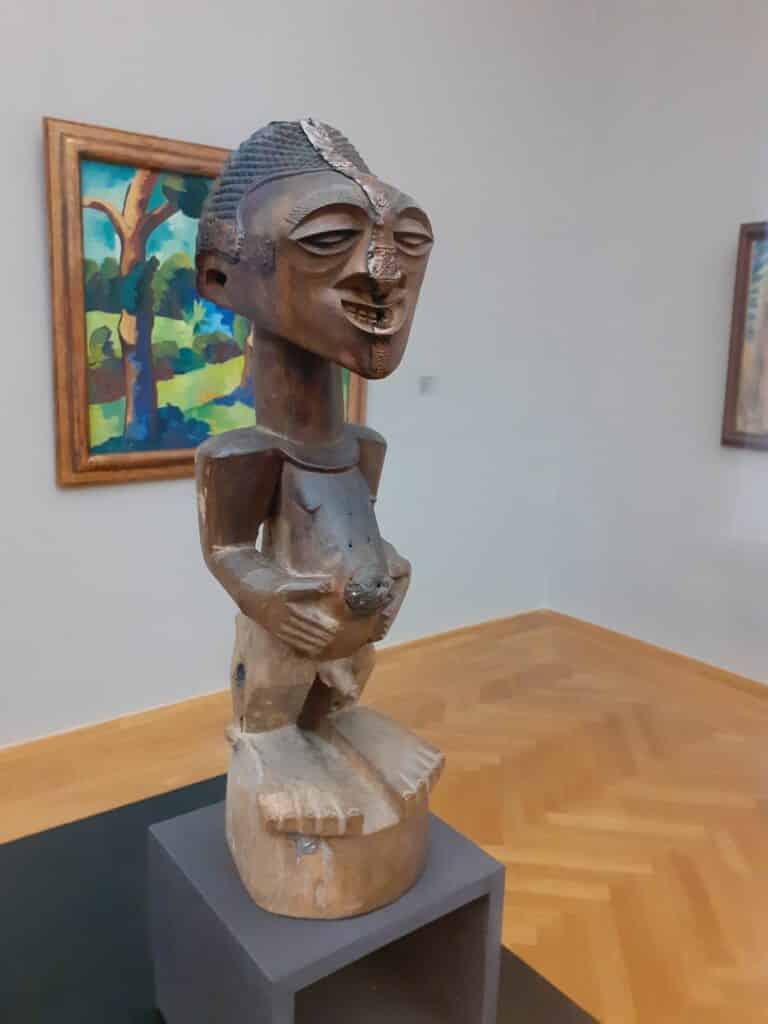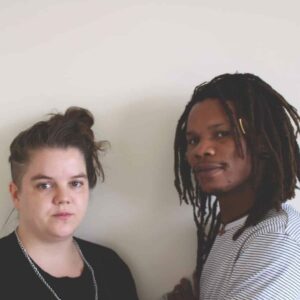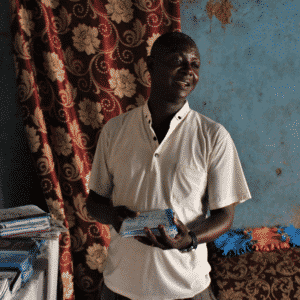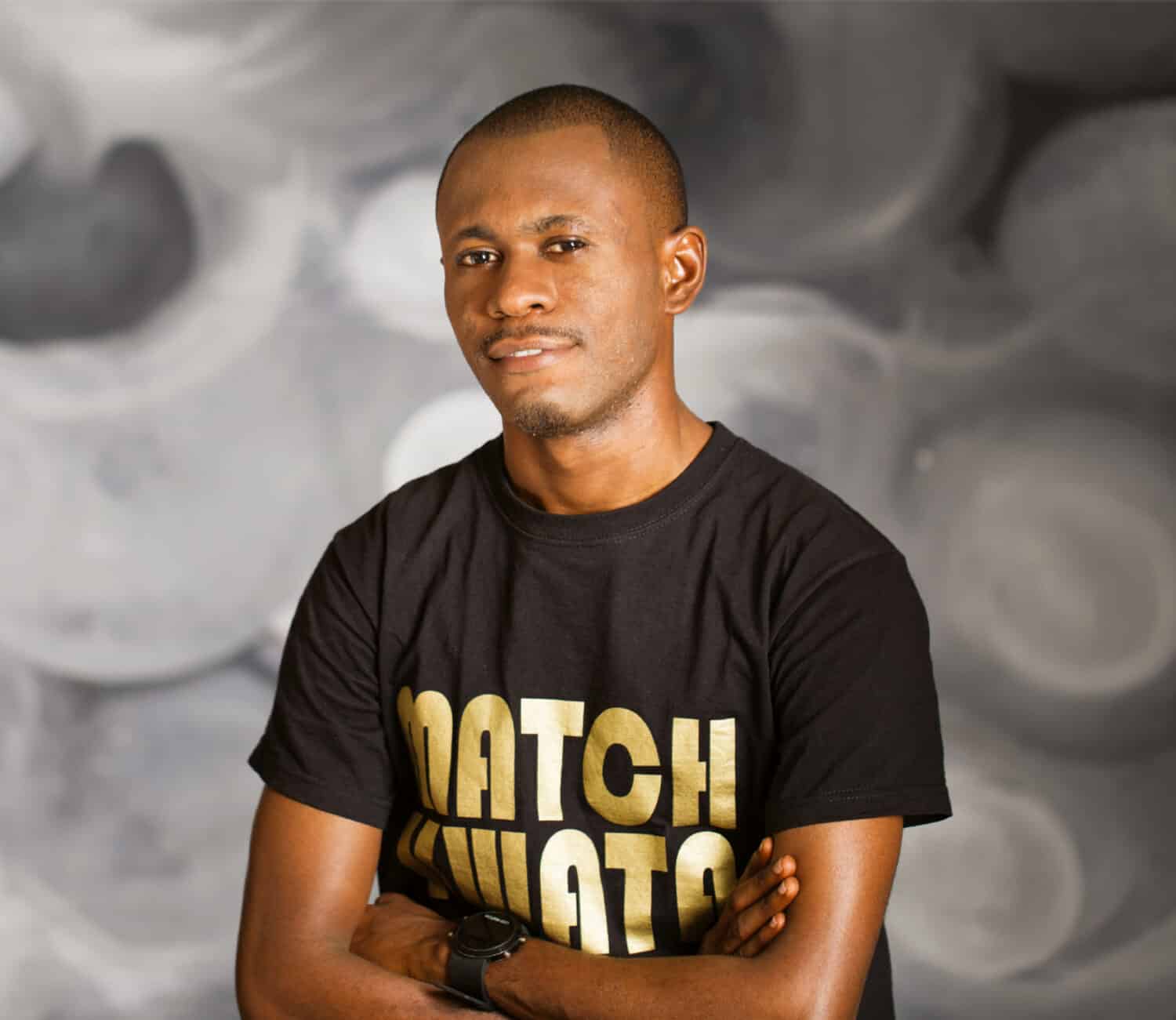The concept of mythology, understood as an ensemble of myths, serves the purpose to tell stories about divine, human or monstrous figures that originate from the narratives of religious systems of ancient civilizations or traditional societies, and thus intermingle and become hybridized.
In a tangible context, stories of traditional mythology can be found in contemporary comics, where they are artistically interpreted and transformed to make them accessible to a modern society. Myths generally convey the historical and cultural identity of a community. As cultural heritage, they represent less the faith of a community, but rather remain in collective memory as a metaphor: with each generation that the myth passes through, it develops, transforms and adapts to contemporary life. Additionally, myths are internalized individually by people’s own interpretations of the myths, to give their lives a special horizon of meaning and significance.
The comic artists also adopt the traditional Congolese myths in order to process their own vision with their own means: They are easily recognized allegories of symbolic figures and illustrate an interaction between the myth and the artist. These continuously updated stagings of collective memory in contemporary comics enrich the discourse on the perception of history, spirituality and modern society.
Tétshim
A futuristic myth
In this comic strip, the mysterious world and modern life come closer together. In a modern scenario, ritual statues from the Kingdom of Congo, the ancient civilization before colonization are found. It is a fiction that evokes ancient spirits: Has the world of the ancestors also modernized? Or is it the present world that is haunted by the spirits of the ancestors?
Rocky Production
Rituals then and now
A province of the Democratic Republic of Congo. The hunters can no longer find prey: they have not observed the necessary hunting rituals. To appease the spirits, the hunters perform a ritual with the help of the tribal chief. In this comic, Rocky asks how such ancient rites could have been transformed in our modern society. Today’s rituals are more practical for him than those of the past: relationships, corruption and education are the key to success today.
Yann Kumbozi
Shama the White Panther: The Protector of the village
A modern heroine with the strength of her ancestors: She wears a Cuba mask, one of the spiritual accessories of the Kingdom of Cuba, part of the ancient civilization in the Congo before colonization. The mask gives her strength and energy that exceeds human expectations: Shama can transform into a panther.
Papa Mfumu’eto
A Secret Language in Kinshasa
*And yes, thousands of Congolese who lived in Kinshasa (in the years from about 1950 – 1975) hummed the mysterious melody in a sitting position…
They sang a ditty in a foreign language, not in the national language “Lingala”, which is spoken in the capital of the Democratic Republic of Congo. But this foreign language is not spoken in any of the national languages of the Congo … uh … of the Democratic Republic of Congo.
*As a Kinois (inhabitant of Kinshasa) I always wondered if we were not, without knowing it, in contact with invisible beings who showed us these melodic vibrations from another world.
*But why has this melody, or rather this “dead” language, disappeared?? Why?
*Als Kinois (Bewohner von Kinshasa) habe ich mich immer gefragt, ob wir nicht, ohne es zu wissen, in Kontakt mit unsichtbaren Wesen sind, die uns diese melodischen Vibrationen aus einer anderen Welt gezeigt haben.
*Aber warum ist diese Melodie, oder vielmehr diese „tote“ Sprache, verschwunden??? Warum?
Mukenge/Schellhammer
These are Luba statues from the Kingdom of Congo, the civilisation in Central Africa before the colonial period, and are now the property of the Museum für Völkerkunde Dresden. They were used to represent the power and influence of village chiefs. Each statue is unique and communicates through special symbolism, such as skin scratches, in the communication system of the respective society. In the current discourse on the decolonization of ethnological museums, there is much talk about the restitution of works of art that were bought or looted during the colonial period.

